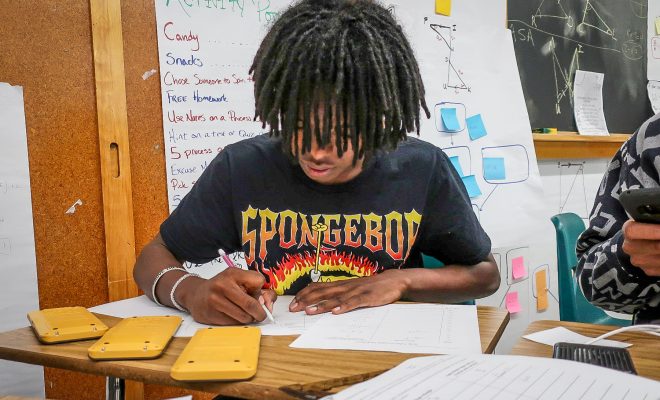12 Simple Ways to Integrate Social-Emotional Learning Throughout the Day

Social-emotional learning (SEL) plays a crucial role in the development of students’ well-being and academic success. By integrating SEL throughout the day, educators can create an environment that fosters emotional intelligence, empathy, and strong relationship skills. Here are 12 simple ways to incorporate SEL into your daily classroom routine:
1. Morning check-ins: Start each day with a brief check-in where students share how they are feeling. This allows them to express their emotions and sets a positive tone for the day.
2. Emotion word wall: Create a word wall with a variety of emotion words. Encourage students to choose and discuss different emotions they experience throughout the day.
3. Mindful breathing exercises: Teach students simple breathing exercises to help them calm down and regulate their emotions when they feel stressed or overwhelmed.
4. Cooperative games: Include cooperative games and activities that promote teamwork, communication, and problem-solving. This helps students develop their social skills while having fun.
5. Gratitude journaling: Set aside time for students to reflect on what they are grateful for and write it down in a journal. This cultivates a positive mindset and encourages appreciation for others.
6. Role-playing scenarios: Engage students in role-playing scenarios to practice conflict resolution, active listening, and empathy. This allows them to develop essential social skills in a safe and supportive environment.
7. SEL read-alouds: Choose books that address social-emotional themes and read them aloud to the class. Afterwards, lead discussions to deepen students’ understanding and promote critical
thinking.
8. Reflection circles: Hold regular reflection circles where students can share their thoughts and feelings about specific topics or events. This promotes self-awareness and empathy towards others’ perspectives.
9. Peer mediation program: Implement a peer mediation program where students can resolve conflicts with the help of trained student mediators. This empowers students to take responsibility for resolving their own conflicts.
10. SEL-focused art projects: Incorporate art projects that encourage students to explore their emotions and express themselves creatively. This allows them to develop emotional awareness and communication skills.
11. SEL integration in content areas: Embed SEL into your lessons across different subject areas. For example, incorporate discussions about empathy in history class or conflict resolution in literature studies.
12. SEL home connections: Engage parents and caregivers by providing resources and activities that promote SEL at home. Encourage them to support their child’s social-emotional development outside of school.
By incorporating these simple strategies, educators can create an inclusive and supportive classroom environment that fosters social-emotional learning. Remember, small daily practices can make a big difference in students’ social-emotional development and overall well-being.



